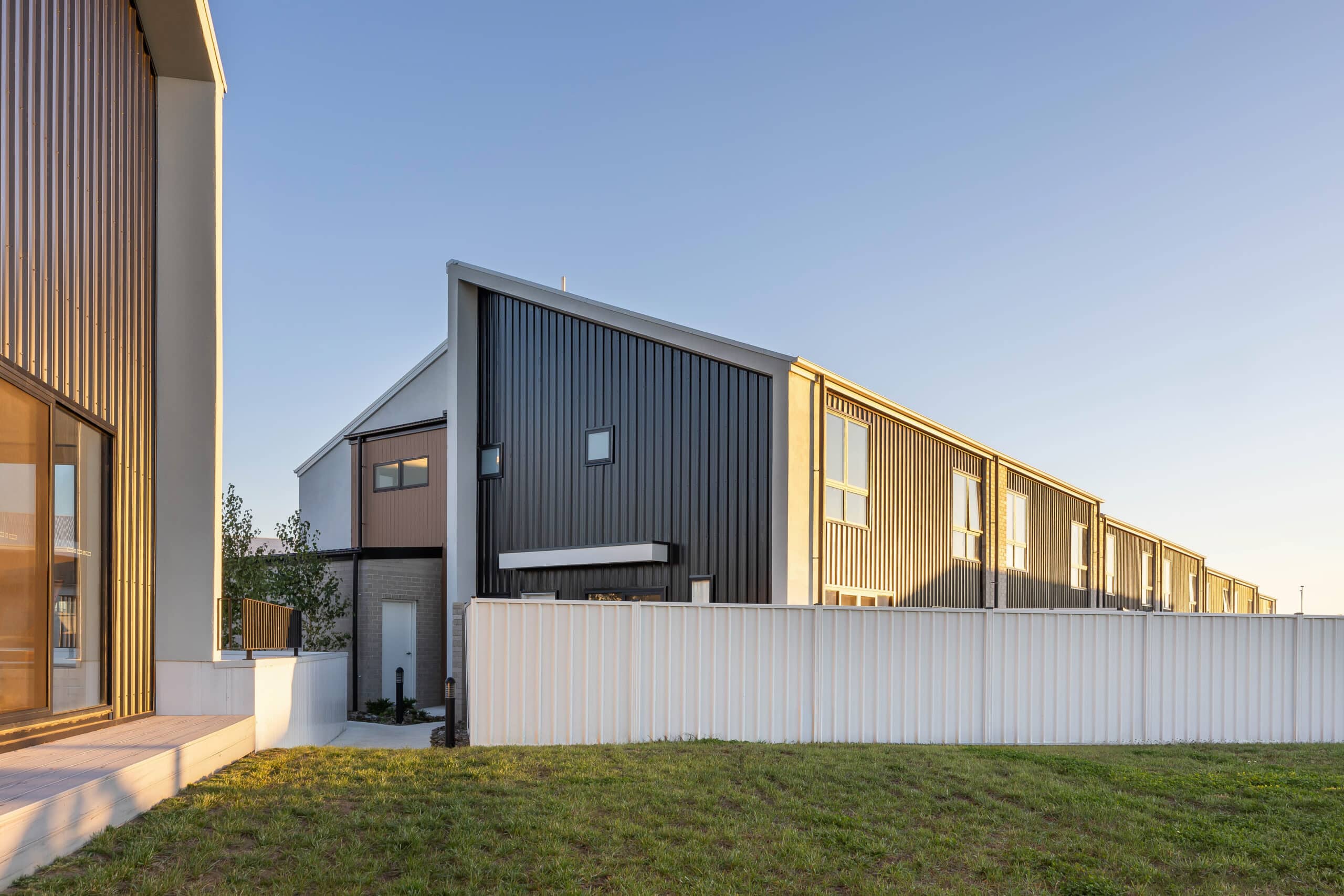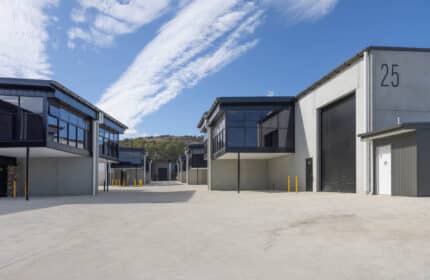As cladding regulations and safety standards continue to evolve, strata complexes need to stay informed and proactive.
Let’s explore the latest advancements and best practices in cladding safety.
What is Cladding?
Cladding is an external layer attached to a building’s structure, forming part of the outer wall. Common materials include timber, aluminium, steel, concrete, brick, and masonry.
In apartment-style complexes, cladding generally falls under common property, while in townhouse-style complexes, it may be designated as either common property or an owner’s responsibility—depending on state regulations.
Issues with Cladding
Cladding has become a critical topic after several high-profile incidents involving combustible materials highlighted fire risks, leading to updated regulations and minimum safety standards.
As awareness around cladding risks has increased, insurance agencies have become more diligent, often requesting specific details about external building materials. The greater the fire risk, the higher the potential insurance premium for the property.
Risk-Reduction Options for Owners Corporations
For buildings with cladding-related risks, owners corporations can consider two key options to mitigate potential hazards:
- Thermal Scanning: Thermal scanning, or thermal imaging, uses infrared cameras to visualise heat patterns in a building. This non-invasive technique helps identify hidden issues, contributing to improved safety, maintenance, and property efficiency.
- Fire-Resistant Paint: Fire-resistant paint is a specialised coating that can be applied to cladding materials to increase fire resistance, slowing the spread if a fire occurs. It contains chemicals that either swell to form a thick, protective layer or release compounds to reduce flammability when exposed to high temperatures.
Is Your Building at Risk?
Determining the level of cladding risk depends on your state and type of complex. A certified fire engineer can conduct a combustible materials test, identifying risk levels as non-existent, low, medium, or high. For high-risk buildings, full removal and replacement of hazardous materials is usually required.
Buildings with low risk can often invest in thermal scanning as an added safety measure. Medium-risk buildings may benefit from both scanning and fire-resistant paint application.
Conducting Due Diligence
Regulations and safety protocols vary by state and building type, so it’s essential for owners corporations to conduct due diligence before implementing safety measures.



